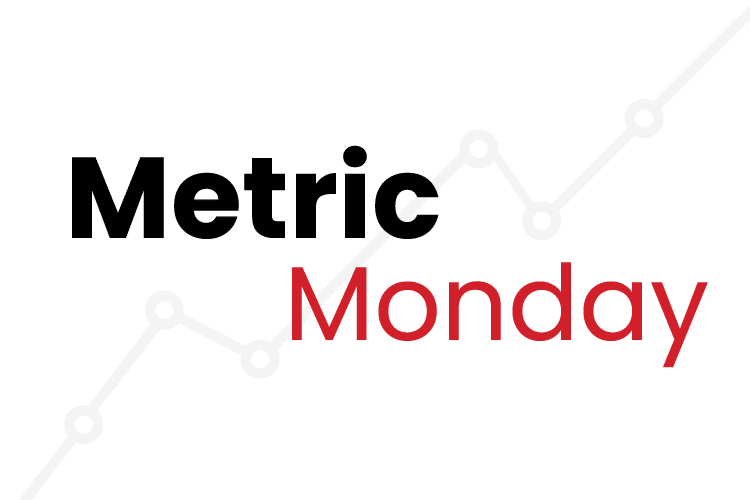What is a restaurant chart of accounts?
The chart of accounts categorizes how money flows in and out of your restaurant to convey a clear picture of the overall financial health of your business and gives insights into all of the company’s financial transactions.
Why is a restaurant chart of accounts important?
It is important to keep an organized chart of accounts as it is the source used to generate important financial documents such as the P&L statement, the cash flow statements, the balance sheet, and information needed for your tax returns.
How do you manage a restaurant chart of accounts?
An accurate chart of accounts built from a dynamic, integrated system can accurately track incoming money and determine which channels yield the most significant results allowing you to make informed decisions about your business. It can also serve as an alert to problems like theft or waste impact the overall business or if rising prices threaten margins.
For more great accounting tips check out other blogs:
What does a restaurant chart of accounts look like?
A chart of accounts will vary for each operator as they can be tailored for your specific business. However, they also must respect the guidelines set out by the Financial Accounting Standards Board (FASB) and generally accepted accounting principles (GAAP).
A typical chart of accounts includes your assets, liabilities, revenue, expenses, and equity, as well as various restaurant-specific categories that can be further broken down into sub-categories to give operators and managers an accurate picture of the business.
Different categories in your restaurant chart of accounts will be coded with four-digit numbers to help quickly identify where subcategories belong. The coding is key to organizing the accounts. Think of it like indexing. You are creating a table that can be used for quick reference to understand where you are making and spending your money. For example, assets accounts will be 1000-1099, liability accounts 2000-2999, equity 3000-3999and so on. Then each sub-account would start with the same first number and leave a gap of 10 digits so that additional accounts can be squeezed in as necessary. A simple example would be cash – 1010,
While it is very important to carefully organize your chart of accounts, be careful not to create too many specific accounts. Similar items such as dairy, alcohol, or seafood can be grouped instead of creating a separate account for every purchase. The best part is that, as your needs change you can always go back in and add sub-categories. Is your “alcohol” cost out of control? Try breaking dairy out into “beer”, “wine”, and “liquor” to get better data on what is causing the issue.
What are the five main categories of a restaurant chart of accounts?
Below are the five main categories along with a few sub-categories that are often broken out.
Assets
Asset accounts include cash, bank accounts, inventory, and everything else that is owned, whether they are fixed or current. For restaurants, this means checking accounts, savings accounts, food inventory, bar inventory, accounts receivable, short-term investments, and more.
Given how large and vital inventory is to restaurants’ operational and financial health, it’s crucial to have a dynamic, tech-enabled inventory management system that provides accurate, real-time inventory data. Ideally, that system should be part of a more extensive Restaurant Enterprise Management system that immediately accounts for inventory on an ongoing basis.
- Cash
- Accounts receivable
- Inventory
- Equipment
- Vehicles
Liabilities
Here’s where the bills go, where everything your restaurant owes is compiled, whether it’s for 100 locations or one place. Some sub-categories include:
- Accounts payable
- Company credit card(s)
- Wages payable
- Accrued liabilities
- Taxes payable (including sales tax)
- Notes payable
Equity
Equity is what’s left after subtracting a company’s liabilities from its assets and is often used a measure of a company’s value. Three simple equity accounts include:
- Common stock
- Preferred stock
- Retained earnings
Revenue
Revenue includes every dollar that comes into your restaurant. Comps and refunds also fall under revenue. Revenue is divided according to types, such as food and beverage sales. Those categories can be further divided into sub-categories such as “meat”, “seafood”, and “produce”, and possibly “beer” and “wine” for beverage categories.
Like assets, it’s critical to have a system in place to accurately capture your revenue for your restaurant chart of accounts to be useful. The best way to do this is by implementing an end-to-end platform that integrates with your preferred point-of-sale (POS) system and any other revenue channels to ensure all data is captured quickly, accurately, and easily accessed.
- Sales
- Interest revenue
Expenses
Expenses are all the non-debt money that you need to spend to keep your business running. The expense category is also home to labor cost and, optionally, prime cost.
- Cost of goods sold (COGS)
- Depreciation expenses
- Payroll and payroll taxes
- Rent
- Supplies
- Utilities
- Wages
- Travel
Conclusion
Restaurant operators have a million things to do, but none of them should take you away from serving your customers. A restaurant chart of accounts in either Excel or Google Sheets will provide you a good snapshot of the health of your business. However, if you are spending too much time in the back office trying to manage your financials, it may be time to implement a consolidated, restaurant specific solution like Restaurant365 to manage your prime costs and maximize your profitability.



